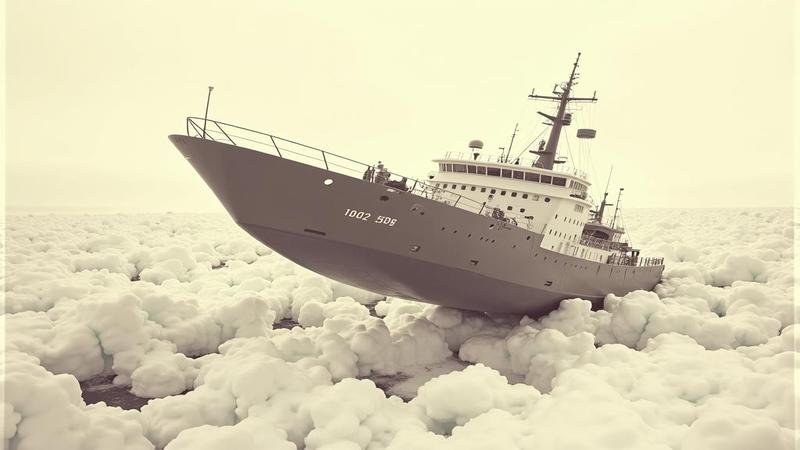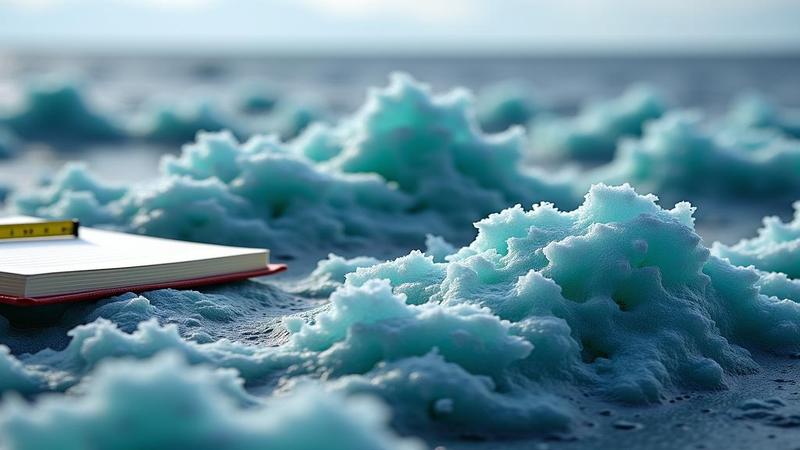Study Reveals Endurance Sank From Ice; Ice Requests Lawyer

In a development that surprised exactly no penguins, researchers announced they may finally know why Ernest Shackleton’s Endurance sank: colossal Antarctic ice committed the timeless crime of being itself. The sea, always the world’s most dramatic puddle, added sound effects.
For a century we whispered explanations hushed as snow, blaming gremlins, god, or the ghost of a very angry iceberg in a tuxedo. Now the report reads like weather doing policy, filing memos in frost, stamping everything with a seal that says: crushed by enthusiasm.
Scientists cite wind patterns, pack ice dynamics, and a phenomenon known as “winter,” a seasonal event wherein water tries stand-up comedy and bombs, becoming solid. Their models show the Weddell Gyre acting like a rotating committee that never adjourns and always brings snacks labeled “Your ship.”
To test the theory, they fed a century of logs into a computer that only runs cold cases. The machine responded by shivering, producing a chart, and quietly asking for a little dignity and one hot sock.
I interviewed a floe. It spoke through creaks and a résumé stapled to the horizon. “We are not villains,” it said, “just coworkers with firm boundaries.” The sun tried to sanction it; the floe shrugged, embargoed warmth, and moved faster than any official statement.
Researchers, clutching their cordless iceberg density meter, described the sinking not as an accident but as a meeting that went long. The ice table convened, offered minutes, then took hours, hull, timbers, morale, and finally everyone’s trust in adjectives like “Endurance.”

Historians noted the ship was stout, the crew stubborn, and the ice punctual. You can negotiate with creditors, pirates, even a 19th-century map, but you cannot negotiate with a geometry problem having a personality and perfect teeth.
One scholar suggested the ship didn’t sink so much as the ocean ghosted it. Another argued it was a consensual breakup between wood and water—two elements agreeing they both needed space, then ice showing up with the lease and a grin.
Meanwhile, a lifestyle influencer has begun selling polar exploration starter kits that include a beard, a promise, and a vintage sextant with anti-fog eyepiece. “Find your true south,” she said, pointing confidently northwest and invoicing heroism monthly.
Let’s be fair: the crew endured more than the name required. They turned timetables into prayer, dogs into colleagues, and silence into a map that kept forgetting where everyone put the horizon. It was logistics held together by breath and a photograph smile.
These new findings change nothing about the valiance and everything about the verb. It wasn’t lost; it was negotiated into absence by pressure you can’t see on a postcard. The archive exhales, the sea laughs softly, and the compass files for workers’ comp.
One last detail: the ice has retained counsel. It insists it merely offered structural feedback in a firm, supportive manner. When asked for comment, it said nothing, then crushed the microphone gently, with endurance.
